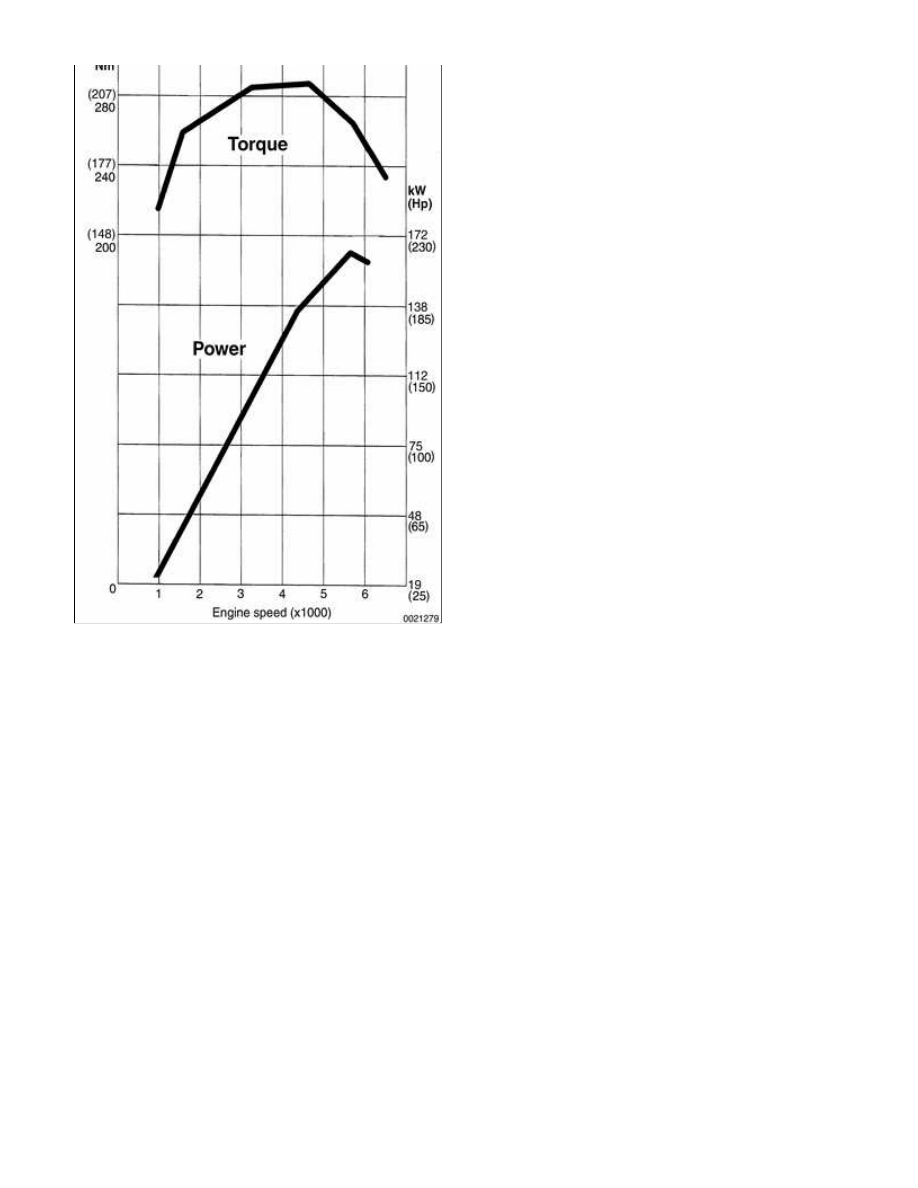BMW 3 (E46). Manual - part 29

Cylinder block and crankshaft
The cylinder block is cast aluminum
alloy (AlSi9Cu3) with cast iron cylinder
liners. The cylinders are exposed on all
sides to circulating coolant.
The counterweighted crankshaft rotates
in replaceable split-shell main bearings.
Oilways drilled into the crankshaft
provide bearing lubrication. Oil seals
pressed into alloy seal housings are
installed at both ends of the crankshaft.
The 2.5 liter crankshaft is cast iron. The
2.8 and 3.0 liter engines use a forged
steel crankshaft to accommodate the
higher torque. The crankshaft for the 3.0
liter engine is adapted from the S52 M3
engine.